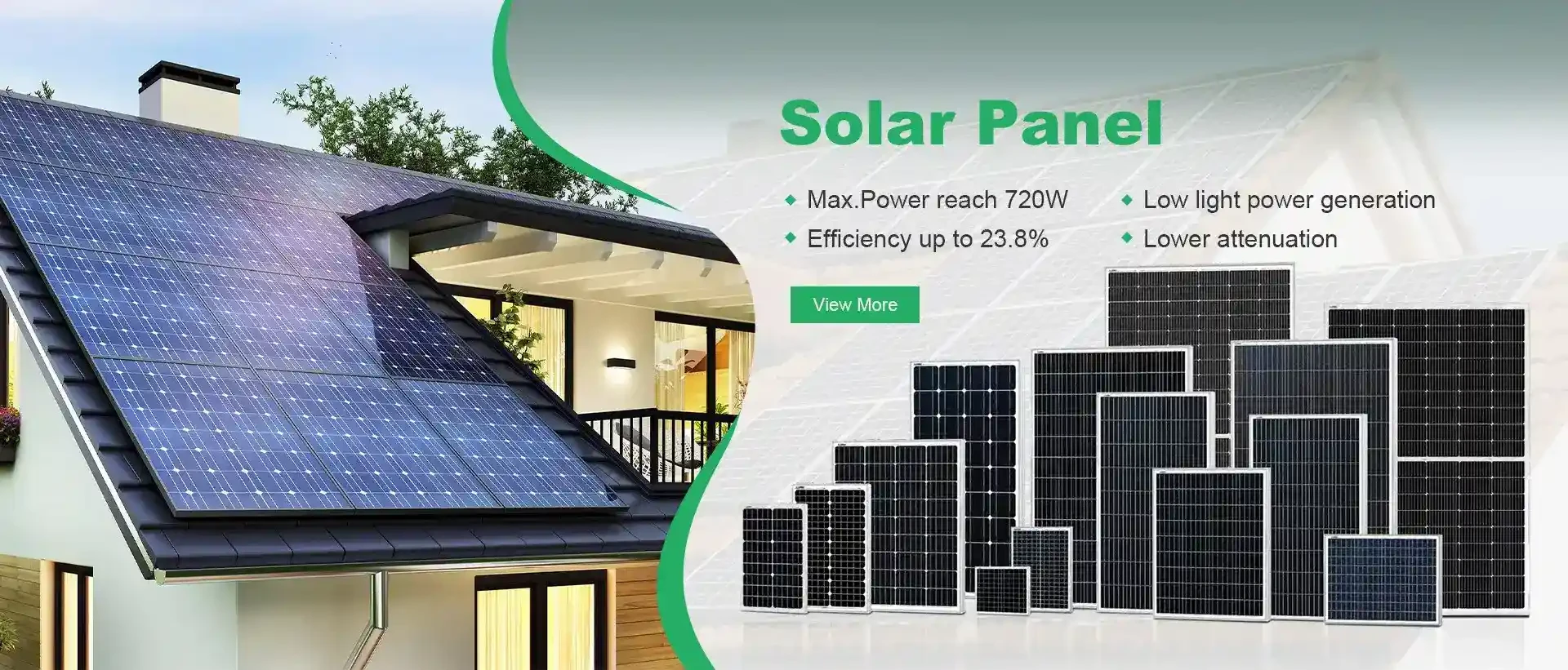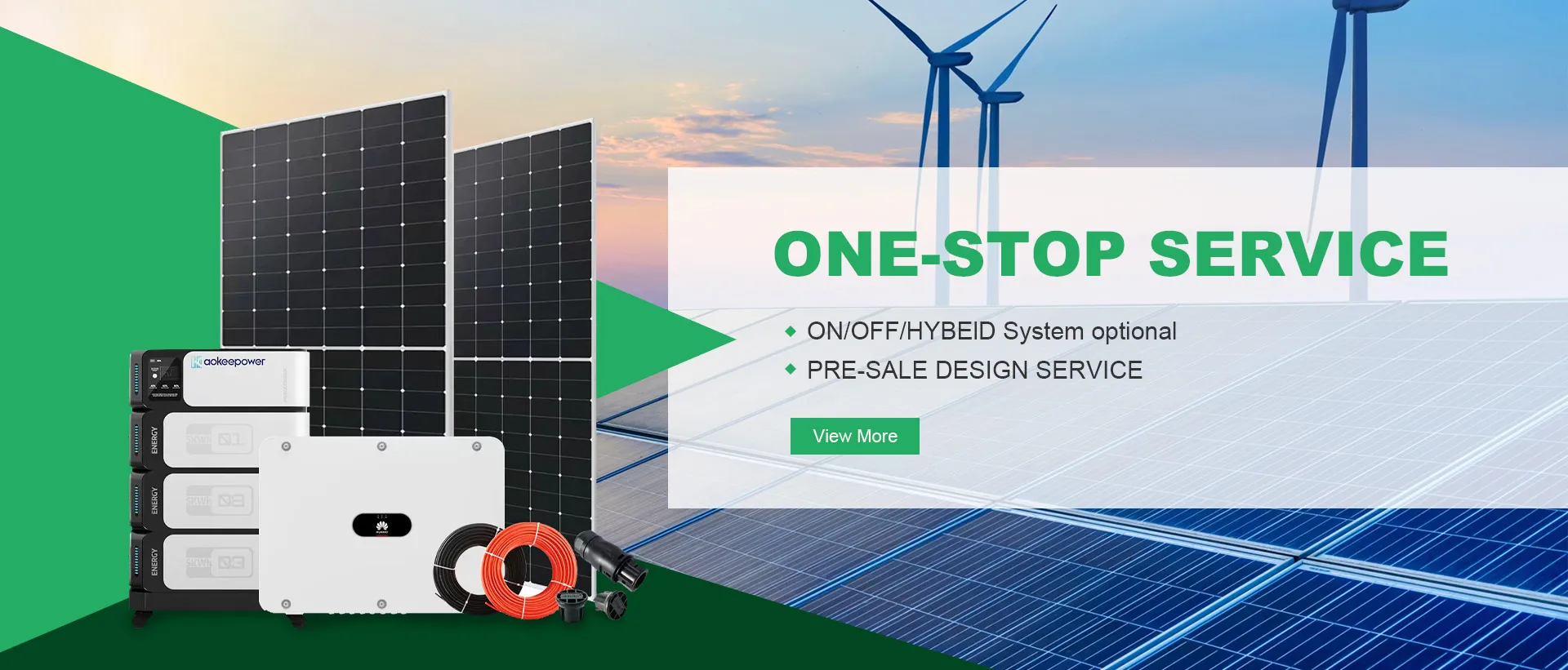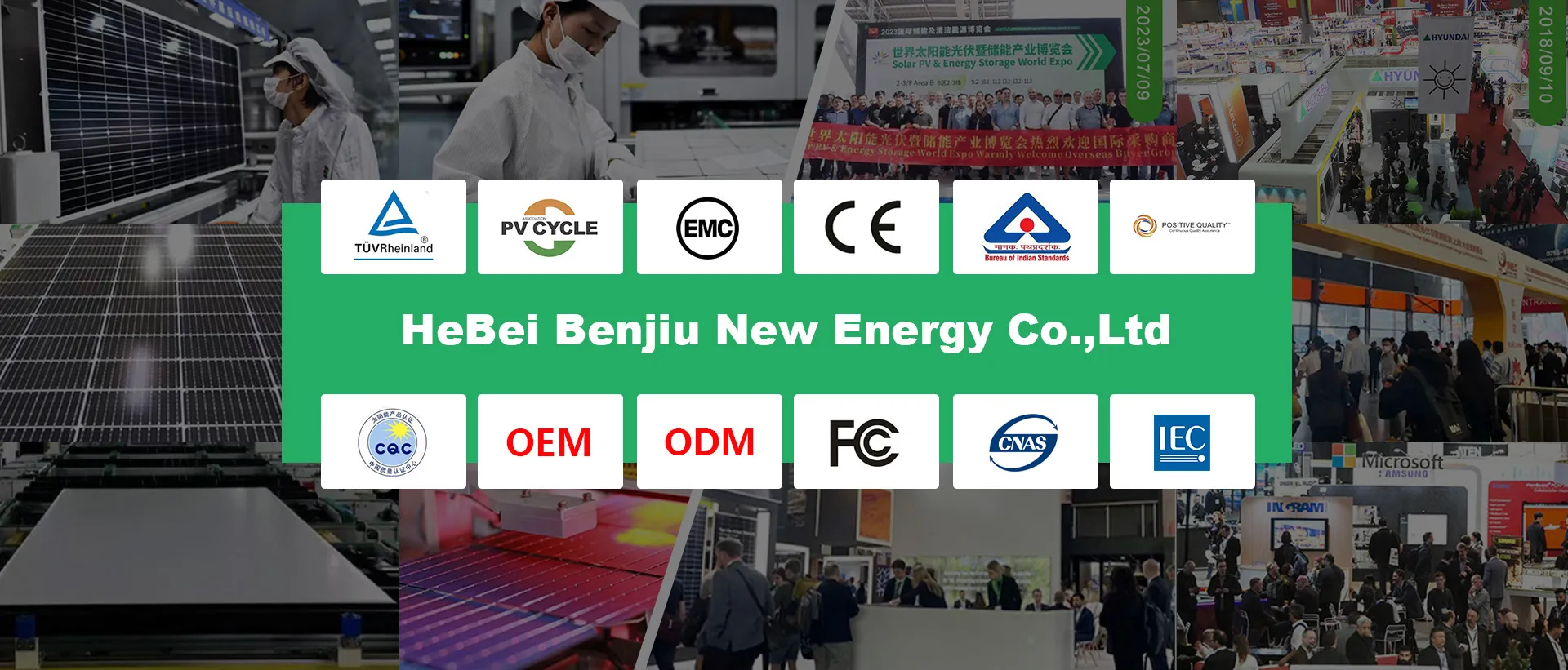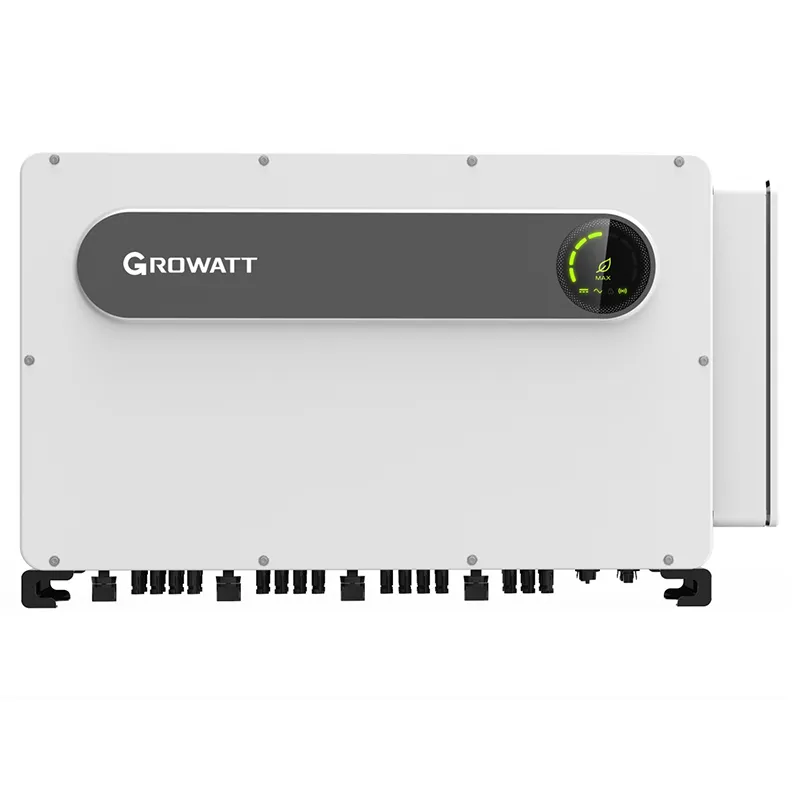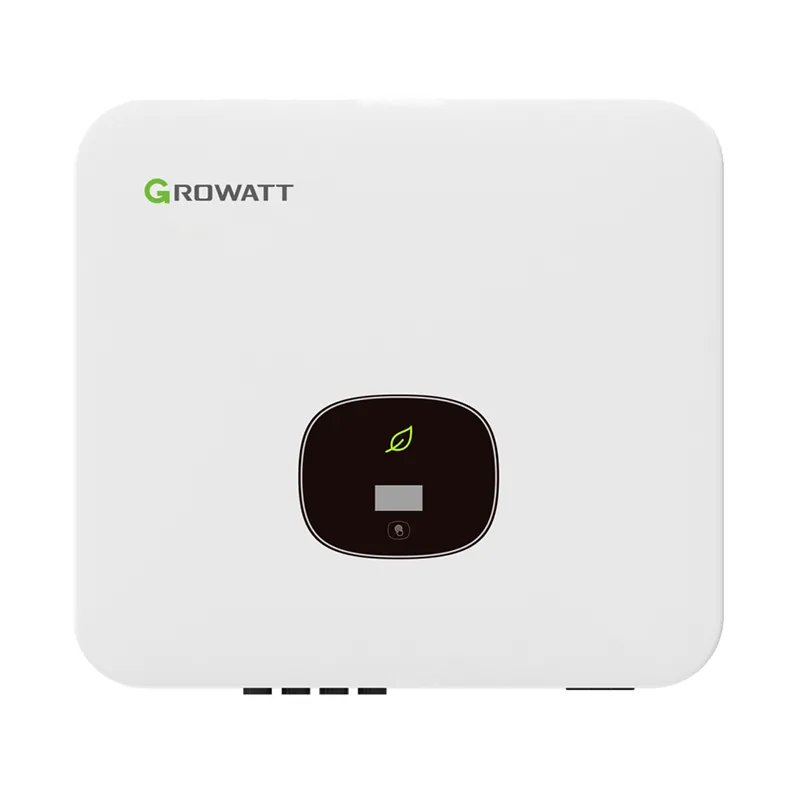An on-grid solar inverter, also known as a grid-tie inverter, is designed to synchronize the direct current (DC) electricity generated by solar panels with the alternating current (AC) electricity from the utility grid. This type of inverter allows the solar power system to feed excess energy back into the grid, enabling homeowners to benefit from net metering or feed-in tariff programs. On-grid solar inverters do not typically provide backup power during grid outages, but they are an essential component for homes looking to offset their electricity usage with solar energy and potentially earn credits for the surplus energy they generate.
What Is The Difference Between An Off-Grid And On-Grid Solar Inverter?
The main difference between an off-grid and on-grid solar inverter lies in their functionality and purpose. An off-grid solar inverter is designed to work independently of the utility grid, storing excess energy in batteries for use when solar power is not available, making it suitable for remote locations or areas with unreliable grid access. On the other hand, an on-grid solar inverter, also known as a grid-tie inverter, is intended to synchronize with the utility grid, allowing the solar power system to feed excess energy back into the grid and enabling homeowners to benefit from net metering or feed-in tariff programs. While off-grid inverters provide autonomy and backup power, on-grid inverters are ideal for homes looking to offset their electricity usage with solar energy and potentially earn credits for surplus energy generation.
How Does The On-Grid Inverter Work?
The on-grid inverter works by converting the direct current (DC) electricity generated by the solar panels into alternating current (AC) electricity, which is then synchronized with the utility grid. This process involves monitoring the voltage and frequency of the grid and adjusting the output of the solar power system to match the grid's parameters. When the solar panels produce more electricity than the home consumes, the excess energy is fed back into the grid, often resulting in credits or compensation for the homeowner. The on-grid inverter also ensures that the solar power system operates safely and efficiently, maximizing the utilization of solar energy while maintaining a seamless connection with the grid.

